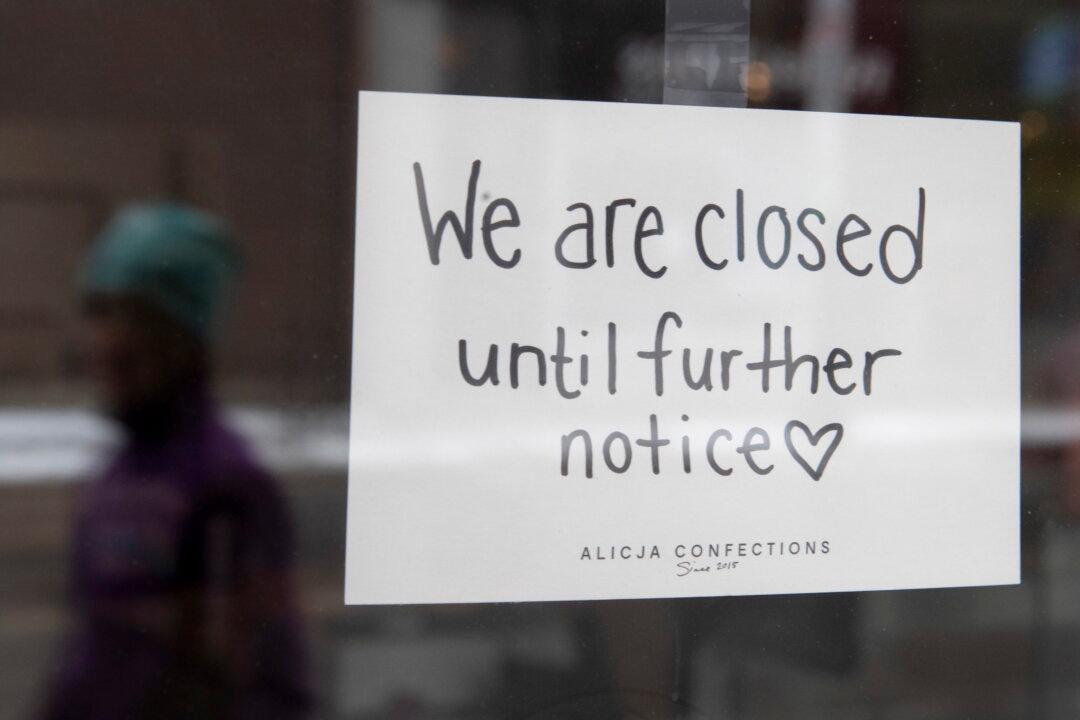Even with the easing of COVID-19 restrictions, Canadian businesses are recovering at a slow pace due to labour shortages and supply chain disruptions, which is leading to higher expectations of inflation, a new Bank of Canada survey says.
The bank’s business outlook survey for the third quarter of 2021, published on Oct. 18, shows close to half of roughly 100 firms surveyed now anticipate inflation to remain above 3 percent for the next two years, citing factors of supply chain disruption, fiscal and monetary policy stimulus, and the recent increase in food and energy prices.





